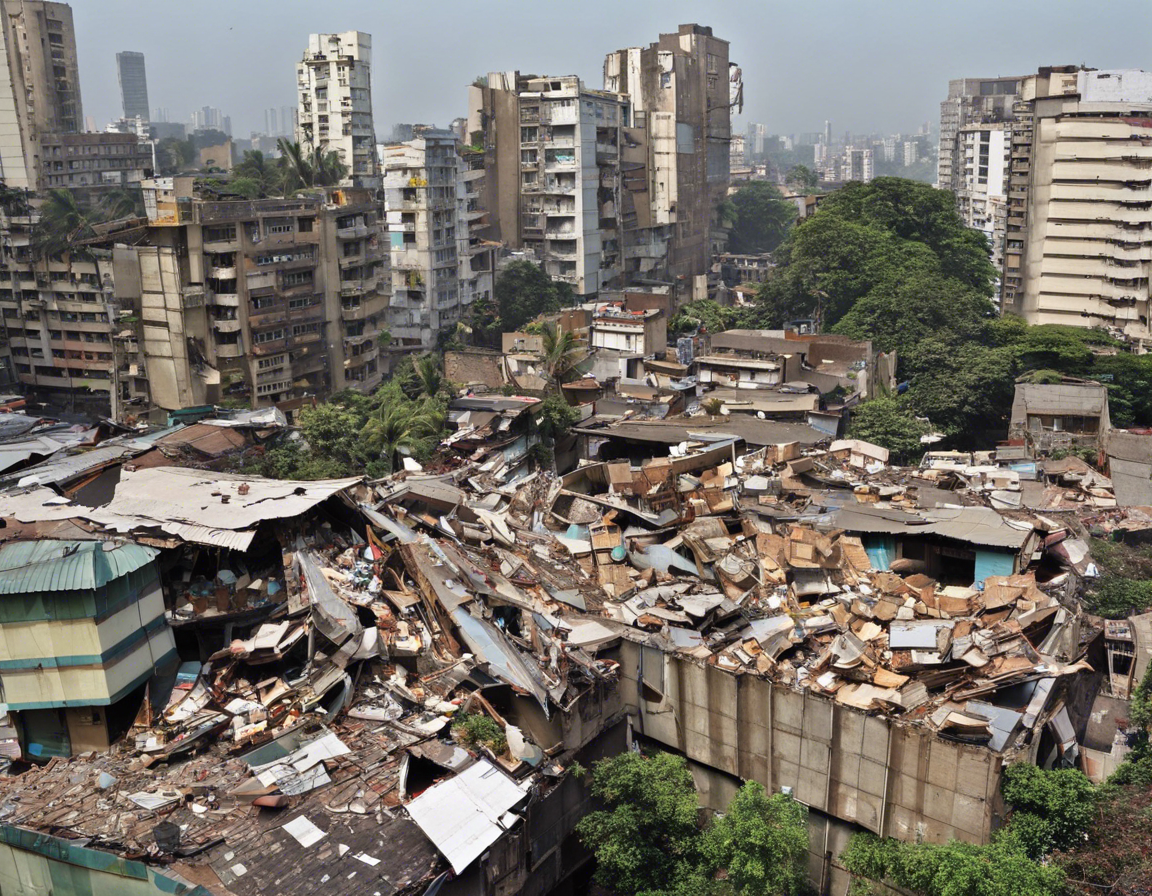Introduction
The recent hoarding collapse in Mumbai has shocked the nation and once again highlighted the critical issue of inadequate infrastructure and safety measures in urban areas. The tragic incident, which claimed several lives and left many injured, has brought to the forefront the urgent need for stricter regulations and better enforcement to prevent such disasters in the future.
Background
The incident occurred in a bustling part of Mumbai where a large hoarding installed on the facade of a building collapsed during heavy rains and strong winds. The hoarding, which was reportedly old and poorly maintained, fell onto the street below, causing chaos and destruction. Eyewitnesses described a scene of panic and confusion as people scrambled to safety and emergency services rushed to the site.
Factors Contributing to the Collapse
Several factors may have contributed to the hoarding collapse in Mumbai. Poor maintenance of the structure, substandard materials used in construction, and lack of oversight by authorities are among the primary reasons. The heavy rains and strong winds exacerbated the situation, highlighting the vulnerability of such structures during adverse weather conditions.
Impact on the Community
The tragic incident has had a devastating impact on the community, with families mourning the loss of loved ones and many facing injuries and trauma. The collapse has also raised concerns about the safety of other similar hoardings and structures in the city, prompting calls for a thorough safety audit and enforcement of regulations to avoid future disasters.
Government Response
In the aftermath of the hoarding collapse, the local authorities have launched an investigation to determine the causes of the incident and hold those responsible accountable. The government has also announced compensation for the victims and their families, but questions remain about the sustainability of such measures in the long run.
Preventive Measures
To prevent such tragedies in the future, it is imperative that stringent safety regulations are put in place and enforced effectively. Regular inspections of hoardings and other structures, quality control of materials used in construction, and public awareness campaigns about safety measures are essential steps to ensure the well-being of citizens.
Lessons Learned
The Mumbai hoarding collapse serves as a grim reminder of the fragility of urban infrastructure and the consequences of negligence in safety measures. It underscores the need for urgent action to address the root causes of such disasters and to build more resilient and sustainable cities for the future.
FAQs
- What caused the hoarding collapse in Mumbai?
-
The hoarding collapse in Mumbai was primarily the result of poor maintenance, substandard materials, and adverse weather conditions.
-
How can such incidents be prevented in the future?
-
Preventive measures include strict safety regulations, regular inspections, quality control of construction materials, and public awareness campaigns.
-
What has been the government’s response to the tragedy?
-
The government has launched an investigation, announced compensation for the victims, and pledged to enforce safety regulations more strictly.
-
What lessons can be learned from the Mumbai hoarding collapse?
-
The incident highlights the importance of effective safety measures, quality control in construction, and the need for resilient urban infrastructure.
-
Are there similar risks in other cities in India?
- Yes, other cities in India also face similar risks due to inadequate infrastructure, poor maintenance, and lack of enforcement of safety regulations.
